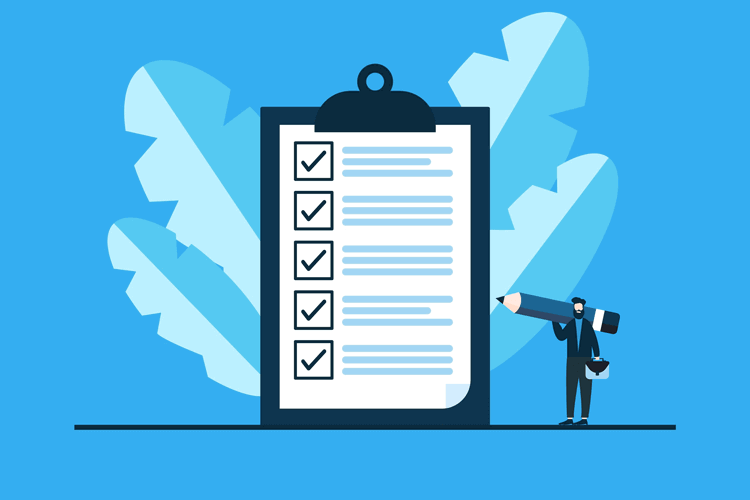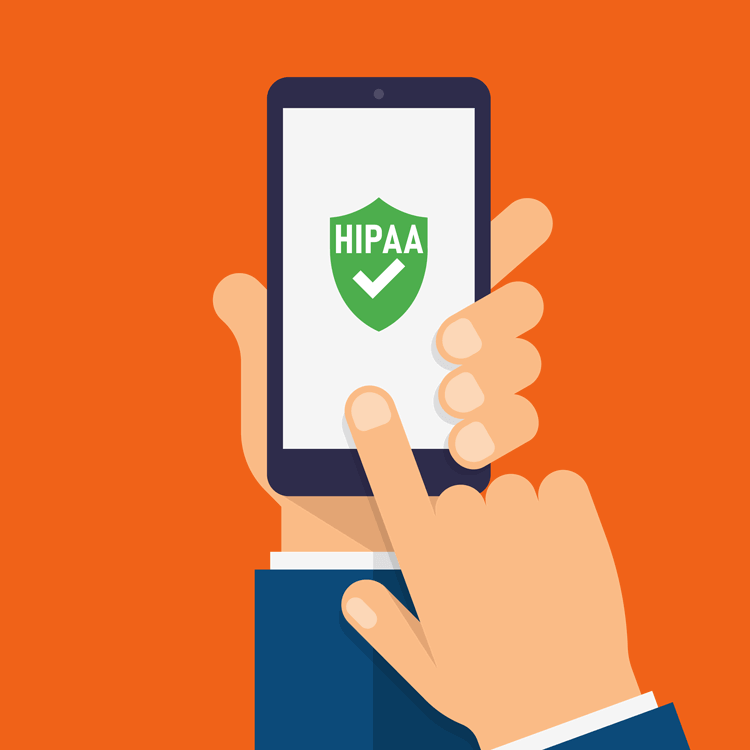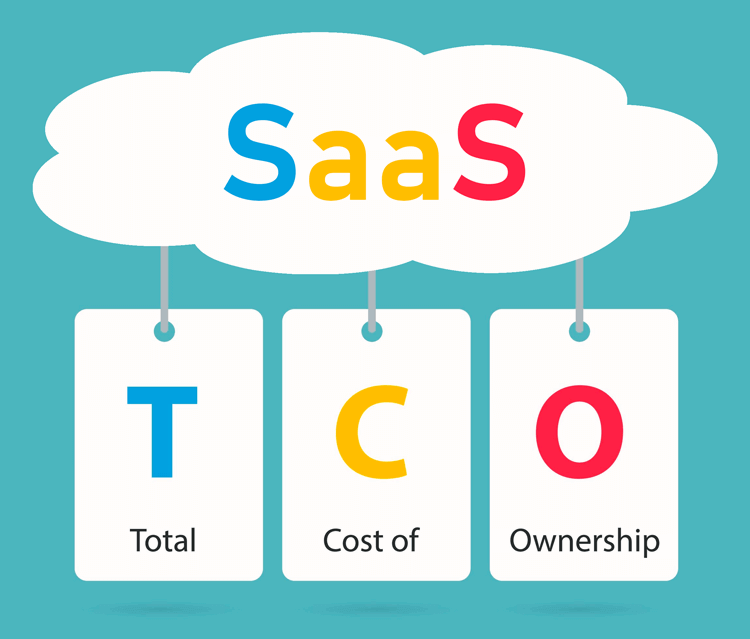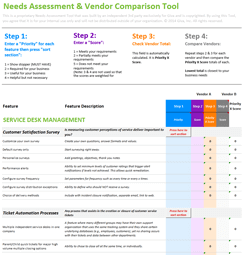IT Asset Management Lifecycle: Tools, Processes and Best Practices
IT asset life cycle management is a mission-critical function for every business.
Whether those IT assets are cloud based from software vendors, hardware, or on-site systems, the planning, procurement, management, and maintenance of them is crucial to the operational success of an organization.
In this article, we cover the different stages of IT life cycle asset management, how to get started with IT Asset Management, and best practices for managing IT assets throughout their life cycle, from planning to disposal.
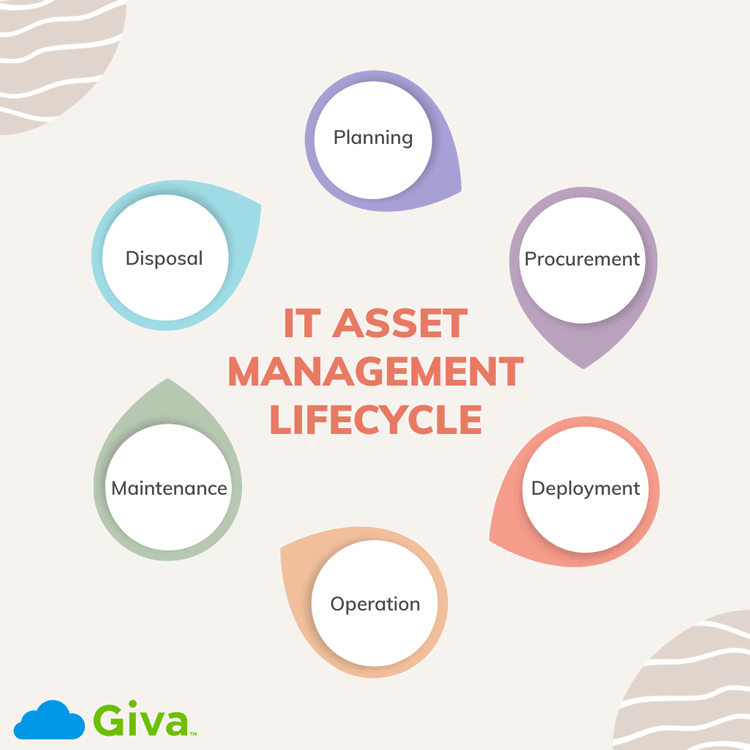
What is IT Asset Management?
IT Asset Management (ITAM) is the process of planning for, managing, maintaining and tracking IT assets throughout their life cycles.
Every IT asset has a different life cycle, depending on whether it's hardware, software, or an on-premises/on-site solution. In many cases, IT systems and solutions managed by third-party software vendors (Software as a Service providers) have life cycles that aren't controlled by clients using them. SaaS life cycles depend on whether a piece of software is popular enough for a vendor to keep supporting, maintaining, and updating it.
However, even when an IT asset is vendor-controlled and cloud-based, monitoring that asset should still fall within the scope of IT Asset Management. For example, this is a useful way to see whether software is actually being used by team members. If not, then it might be time to look for a replacement SaaS provider.
Why is IT Asset Management Mission-Critical for Organizations of Every Size?
IT Asset Management is tailored towards managing and maintaining IT systems as efficiently as possible. It is essential to the IT Information Library (ITIL) and IT Service Management (ITSM) decision-making process.
Asset management assists IT asset owners, budget holders, users, and decision-makers in improving efficiency when making procurement decisions. This way, IT asset owners can optimize the efficiency and use of resources, and reduce waste, while increasing an organization's bottom line.
Whether you're a startup or multi-national enterprise, the procurement and deployment of resources and budgets is something every C-suite leader needs to manage carefully. IT Asset Management is integral to that.
ITAM software gives IT leaders the knowledge and insights they need to make smarter IT purchasing decisions, while also providing the tools to manage and monitor IT assets from deployment through to disposal.
Find out more about Giva IT Asset Management in the cloud.
Now let's take a closer look at the 6 stages of an IT asset life cycle.
6 Stages of IT Asset Life Cycles
-
Planning
Before making any IT, software, or hardware purchase, an organization needs to have a plan. This usually starts with knowing that a pain point exists, or there's a problem that needs solving.
For example, "We need more cloud storage" or "Security could be tighter" or "Our IT Help Desk doesn't have the tools it needs to cope with demand."
Planning starts with identifying a problem or series of problems and searching for a suitable solution. Maybe an IT vendor you've worked with for several years isn't delivering very effective service anymore. Perhaps you need a new partner, or vendor for a specific software product, e.g. a CRM (customer relationship management software).
At the planning stage, you need to know:
- What problem(s) need solving?
- Who needs this solution? (e.g. internal users/stakeholders, etc.)
- Is there an existing/incumbent solution already, or would this be a completely new purchase?
- When is the solution needed?
- What sort of return on investment (ROI) is expected if the right solution solves the problem(s) that have prompted this procurement decision?
- What's the budget for solving this problem and getting an IT solution in place?
-
Procurement
Now that the above questions have been answered, you can proceed to the procurement stage.
For smaller IT purchases (e.g. a SaaS product under $100/month), it might be as simple as signing up for a free trial, seeing if the team(s) using this software are happy with it, and deploying it.
However, for larger IT purchasing decisions, this process could take months. Budgets have to be agreed upon; vendors sourced; proposals submitted; trial deployments initiated; and the various vendors and their solutions evaluated until a final purchasing decision has been made.
-
Deployment
Once an asset has been purchased, you need to work with the vendor to onboard it within your organization. Some staff training might be necessary to ensure everyone who needs to use this new software or hardware is comfortable with it.
-
Operation
With an asset fully deployed, it should now be playing its intended role, solving the problem(s) you were having and contributing to improved operations and profits. With ITAM software, you should be able to more easily monitor the ongoing positive impact of this new asset.
During an asset deployment phase, you need to carefully monitor its performance. Let the vendor/supplier know about any problems, especially if maintenance is required.
-
Maintenance
Hardware is always looked after in a different way to software. Hardware, such as machinery and servers, requires maintenance throughout its life cycle. Software, on the other hand, also requires maintenance and updates/upgrades from vendors. However, software updates don't require physical maintenance and new parts.
Hence the reason so many companies are working with vendors to ensure as much as possible operates from cloud-based providers; because this way there is no on-site maintenance and new parts don't need to be replaced throughout an IT assets life cycle.
Naturally, with anything that has physical moving parts, or is hardware-based, repairs and upgrades are an automatic component of any IT Asset Management life cycle. During the procurement phase, it's worth checking the warranty on any piece of equipment and what a vendor will or won't replace. You should also check for how long regular maintenance or upgrades will be implemented that are included in the price or an annual service package.
This way, you avoid any nasty surprises down the road, especially when an IT asset gets closer to the end of its life cycle.
-
Disposal
At the end of an IT asset's useful life cycle, it is removed from service, and either resold, repurposed, or recycled. Most aren't simply thrown in the trash, as in the majority of countries and states there are strict recycling laws, especially when it comes to technology products.
Of course, this isn't quite the same when IT assets are cloud-based and provided by software vendors. However, even these assets can come to the end of their life cycle. Either you find a new provider, or your vendor releases a better, more effective, easier-to-use product, and encourages you to upgrade. Or, in some cases, you don't need a specific type of software product anymore, and therefore, your organization cancels the relevant subscription.
Either way, most IT assets get to the end of their natural life cycle.
Now let's quickly review how you get started with IT life cycle asset management and IT Asset Management best practices.
How to Get Started With IT Asset Life Cycle Management?
One of the easiest ways to get started with IT life cycle asset management is to install ITAM software. This way, you can record and monitor every IT asset you currently own/use, track the ongoing costs/ROI, and start to make more effective IT procurement decisions.
Alongside using ITAM software, it's worth reviewing whether IT Asset Management is an integral part of your ITIL or ITSM management planning and operations. If not, then now is the time to start using IT Asset Management throughout your IT organization.
Key Takeaways: IT Asset Management: Best Practices
- Understand the specific problems/pain points that need solving before starting the procurement process
- Understand whether the solution required is "off-the-shelf" (e.g. SaaS-based), or whether hardware, or a customized IT solution is needed
- Engage with stakeholders and those who will use this IT solution before seeking a vendor/supplier
- Integrate ITAM software and systems with ITIL and ITSM best practices and operational guidelines
- Integrate IT Asset Management within the procurement, deployment, operations, maintenance, and disposal life cycle of every IT asset
- Monitor and manage ongoing costs, downtime, repairs, faults, and the return on investment (ROI)
- Use ITAM software and ITAM best practices to make better, smarter, and more cost and time-effective purchasing decisions whenever you are considering making a new IT purchase
- Ensure IT supply chains, procurement decisions, and deployments are integrated across an organization so that nothing falls outside of the scope of IT Asset Management. And that needs to include every IT system, device, piece of software and hardware that a company already owns and currently uses
Find out why Giva's customers love our IT Asset Management solution, which is integrated with our other web-based solutions. Speak to us for a no-pressure discovery call, or sign up for a free 30-day trial and get your own hands-on experience.

